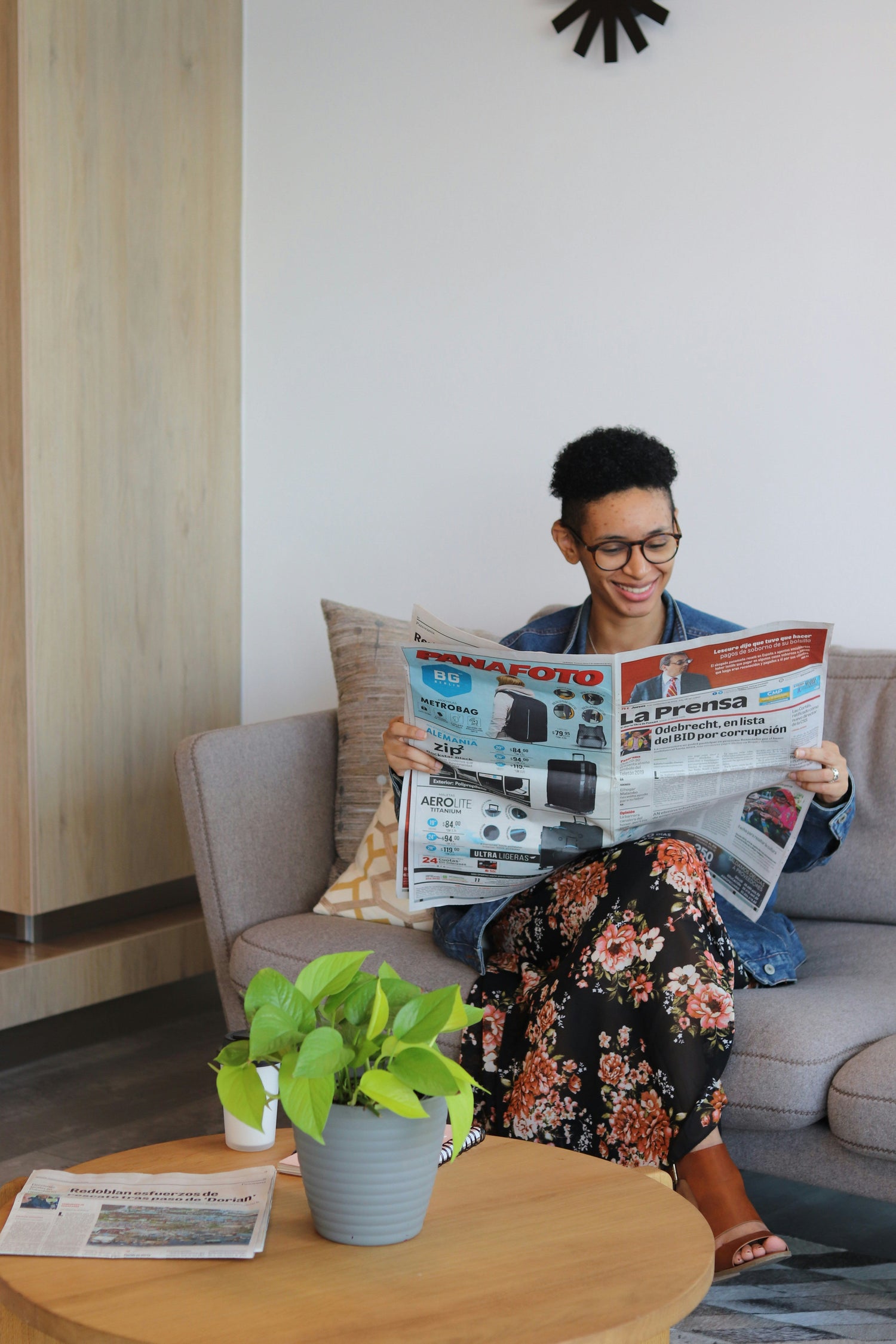
Understanding Bifocal Lenses: A Clearer View for Aging Eyes
As we age, our eyes undergo natural changes that can affect our ability to see clearly at different distances. One of the most common conditions is presbyopia, a gradual loss of the eye’s ability to focus on nearby objects. For those who already wear glasses for distance vision, this can mean switching between two pairs of glasses—or turning to an effective solution: bifocal lenses.

What Are Bifocal Lenses?
Bifocal lenses are eyeglass lenses that contain two distinct optical powers, allowing the wearer to see both near and far distances clearly without switching glasses. Typically, the upper portion of the lens is designed for distance vision, while the lower segment is optimized for close-up tasks such as reading.
How Do They Work?
The design of bifocal lenses allows for a seamless transition between seeing objects at different ranges. The division between the two sections of the lens is often visible—commonly in the shape of a small semicircle or a horizontal line, although modern designs are more subtle.
When you look straight ahead, you see through the upper portion, which helps with distance viewing (like driving). When you look down—such as when reading or checking your phone—you automatically engage the lower segment for near vision.

Types of Bifocal Lenses
There are several bifocal designs to suit different needs and preferences:
-
Flat-top (D-segment) bifocals: These have a distinct rectangular or semicircular reading area at the bottom.
-
Round segment bifocals: These feature a rounded reading segment, often less noticeable but with a smaller near-vision area.
-
Executive bifocals: These have a full-width reading section across the lower half of the lens.
-
Blended bifocals: These offer a less visible line, providing a more aesthetic look.
Advantages of Bifocal Lenses
-
Convenience: One pair of glasses serves dual purposes.
-
Cost-effective: Less expensive than progressive lenses.
-
Fast adaptation: Some wearers find it easier to adapt to bifocals than to progressives, which have a gradual transition between focal lengths.
Limitations to Consider
-
Visible line: Some users find the line separating the two sections visually unappealing or distracting.
-
Image jump: The abrupt change in prescription can cause a "jump" in vision when shifting gaze from far to near.
-
Limited intermediate vision: Bifocals typically do not correct for intermediate distances, such as viewing a computer screen.
Bifocals vs. Progressives
While bifocals correct near and distance vision, progressive lenses offer a gradual transition across multiple focal points, including intermediate vision. Progressives don’t have visible lines, making them a more modern and aesthetically pleasing choice—but they can be more expensive and take longer to get used to.
Who Should Consider Bifocals?
Bifocal lenses are ideal for:
-
Individuals over 40 experiencing presbyopia.
-
People who want to avoid switching between reading and distance glasses.
-
Those looking for a more affordable alternative to progressive lenses.
Conclusion
Bifocal lenses are a practical and time-tested solution for people with multiple vision needs. While they might not be as seamless as progressives, they provide a reliable and cost-effective way to manage presbyopia and distance vision together. If you're noticing changes in your vision, especially up close, consult an optometrist to find out if bifocals might be right for you.















